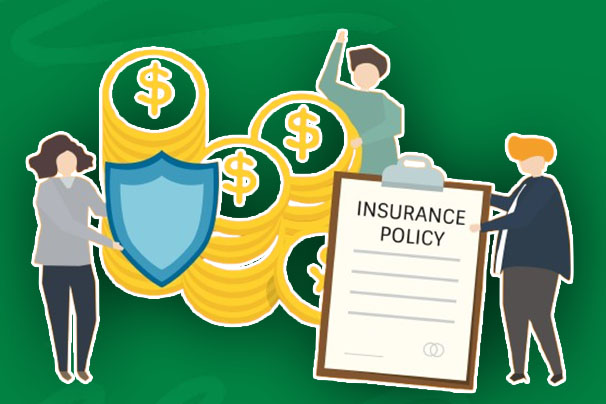What to Do If You Can’t Pay Your Life Insurance Premium- If you encounter unforeseen expenses that affect your finances, causing you to be unable to pay your life insurance premiums, there are some ways to solve that problem. Paying off your life insurance premiums in some cases may be difficult. Also, consequences are attached when you do not pay your life insurance premium.

Life insurance is considered the most important type of insurance to get. You must pay your life insurance premiums to keep you covered against future events. However, how being unable to affect your life insurance premiums affects you depends on what type of life insurance policy, coverage level, and insurance terms and conditions you have.
Depending on the insurer, other options or penalties may be added if you are unable to repay the loan. Some insurance companies will offer options to make loan repayments more affordable for you. However, you need to contact your insurer to know the options to make premiums more affordable and the penalties involved.
What to Do If You Can’t Pay Your Life Insurance Premium
As previously stated, there are a few ways to keep your premium if you can’t pay your life insurance premium. This depends on your life insurance policy type, terms, limits, and insurance company. The following are what to do if you can’t pay your life insurance premium.
Take Advantage of the Payment Grace Period Given
Most life insurance companies offer policyholders a 30-day grace period to pay for premiums. This gives you a chance to save up within these 30 days given. Going another 30 days without paying for premiums may cause a lapse pending on your insurance record. Policyholders should take advantage of the grace period given by their insurers. Before carrying out this process, you need to check with your insurer about the length of your policy grace period while you are unable to pay your premiums.
Make Use Waiver of Premium Rider
You may be able to skip payments and continue your life insurance benefits if you have a waiver of premium rider. Waiver helps in times when you cannot pay your life insurance premium due to an unexpected event. Some premium riders waive premiums for unemployment. However, there is a waiting period before the waiver rider steps in. During the waiting period, you will have to continue making payments on premiums. In cases where you need immediate financial relief, this option may not be the best for you.
Dividends to Pay for Premiums.
Whole life insurance policies pay out dividends to policyholders each year the insurance company performs well. Dividends can be used to pay off your premiums. You may not get immediate financial benefits using this method; this is because dividends are credited to your insurance policy anniversary, meaning that may be the only cost covered.
Cash Value to Pay Premium
Permanent life insurance policies can be used by policyholders in different ways. These ways include cash value to pay life insurance premiums. By withdrawing your cash value, you can use it to pay for premiums. If you have had a permanent life insurance policy for multiple years and have enough cash value saved up, you can use it to pay for your insurance premiums. If your cash value amount is more than your premium cost, you will have to pay taxes on the difference made in your cash value. However, withdrawals may reduce your life insurance death benefit.
The Paid-Up Option
You may be able to use your cash value to convert your insurance policy to paid-up status. It allows you to keep some coverage without the need to pay for additional premiums. However, this may reduce your death benefits, which are paid to beneficiaries. The older the policyholder, the better this policy is because they have spent more time building up cash values.
Reduction on the Face Value of Your Policy
You may lower your premium payments by contacting your life insurance company to reduce the policy’s face value. Reducing your life insurance coverage may sound good to most policyholders. Before carrying out this process, you need to reconsider why you purchased this coverage in the first place.
For example, if you have life insurance coverage to cover your children and spouse, it doesn’t change when you reduce your coverage. Confirm with your insurance company if you can go back to your original benefit amount and if another medical exam will be required. Also, confirm if your life insurance premium will depend on your age while the original policy will be issued.
Move to a Level Benefit
Some life insurance policies allow policyholders to increase the death benefits their beneficiaries will receive by paying more on premiums. If you purchased life insurance as an investment, you may have gotten this benefit already to provide income during retirement. In cases where you can not pay your premiums, you may decide to reduce your premium by moving from an increasing benefit to a level benefit.



